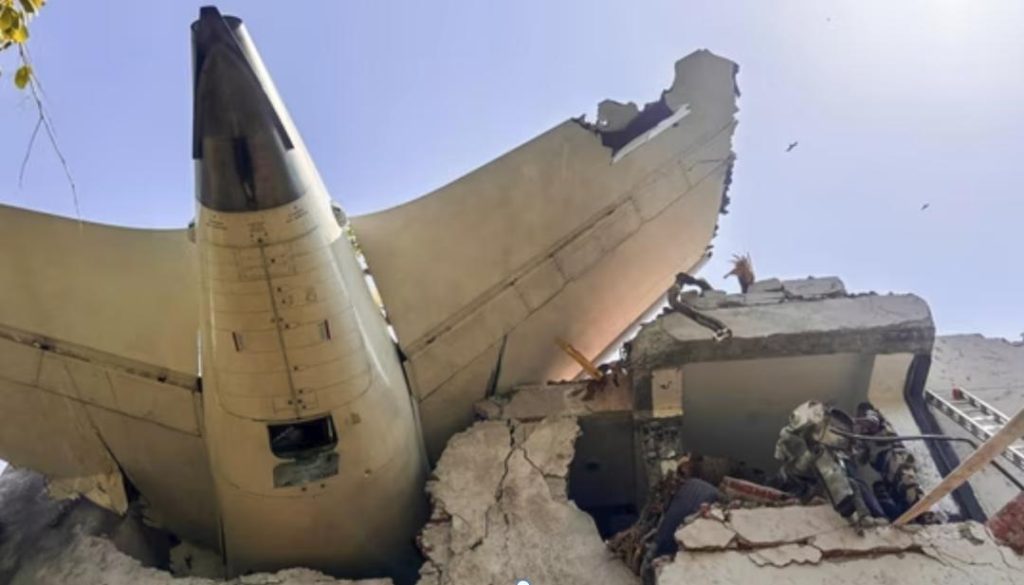
What Happens When Fuel Cutoff Switches Flip at Takeoff?
Air India Flight 171 made headlines recently after it crash-landed just seconds after takeoff, leaving investigators scrambling to determine the cause of the catastrophic event. According to preliminary reports, both fuel cutoff switches flipped, shutting down the engines and leaving the pilots with little to no time to recover. In this blog post, we’ll delve into the world of aviation and explore what happens when fuel cutoff switches flip during takeoff, and what experts are saying about this rare and potentially deadly phenomenon.
Fuel Cutoff Switches: What are They and Why are They Used?
Before we dive into the specifics of the Air India Flight 171 incident, let’s take a step back and understand what fuel cutoff switches are and why they’re used. Fuel cutoff switches, also known as fuel pumps or fuel shut-offs, are designed to quickly cut off fuel supply to an engine in the event of an emergency. They’re typically used in conjunction with other safety features, such as firewalls and engine failure warnings, to prevent catastrophic engine failure.
In most cases, fuel cutoff switches are used after landing, when the plane is on the ground and the engines are shut down. They’re also used in situations where an engine is experiencing a serious malfunction or fire, and the pilots need to cut off fuel supply to prevent further damage or injury.
But what happens when these switches flip during takeoff? And why are experts so concerned about this rare but potentially deadly phenomenon?
What Happens When Fuel Cutoff Switches Flip During Takeoff?
When a fuel cutoff switch flips during takeoff, it’s a serious situation. According to expert estimates, switching to “cutoff” causes immediate engine flameout, which can have devastating consequences. Typically, engines are designed to stall or lose power gradually, giving pilots time to respond and recover. However, when a fuel cutoff switch is activated, the engine cuts off abruptly, leaving the pilots with little to no time to react.
In the case of Air India Flight 171, the pilots had mere seconds to respond before the plane crashed. At just 625 feet above ground level, the plane was still climbing when the engines lost power, leaving the pilots with no chance to recover. The resulting crash was catastrophic, with multiple fatalities and injuries reported.
So why did the fuel cutoff switches flip during takeoff? And what could have been done to prevent this tragedy?
The Investigation: What Did Experts Find?
The investigation into Air India Flight 171 is ongoing, but experts have already shed some light on the incident. According to preliminary reports, the fuel cutoff switches were activated due to an unknown reason, and the pilots had no chance to respond before the engines lost power.
Experts have also pointed out that the switches are typically used only after landing, and it’s rare for them to be activated during takeoff. In this case, the switches were activated at a critical moment in the flight, when the plane was still climbing and the pilots had no chance to recover.
What Could Have Been Done to Prevent This Tragedy?
As the investigation continues, experts are calling for changes to the way fuel cutoff switches are designed and used. Some have suggested that the switches should be designed to prevent accidental activation, while others have called for improved training for pilots on how to respond to engine failure during takeoff.
In the meantime, the aviation industry is taking steps to address the issue. Air India has suspended operations on the affected aircraft, and a review of their maintenance procedures is underway.
Conclusion
The crash of Air India Flight 171 is a sobering reminder of the importance of safety in aviation. While the investigation is ongoing, experts are warning that fuel cutoff switches should be used only as a last resort, and that pilots need to be trained to respond to engine failure during takeoff.
As we continue to learn more about this tragic incident, it’s clear that the aviation industry must take steps to prevent similar tragedies in the future. By understanding what happens when fuel cutoff switches flip during takeoff, we can work to create a safer and more secure flying experience for all.



